21
Nov

Neurosurgeon vs. Neurologist — What’s the Difference?
While neurosurgeons and neurologists have special education and training in the brain and the spine, their roles differ. What neurologists and neurosurgeons have in common is only that they work in the same area. Outside of that, they are very different. Continue reading for a g...
View More21
Nov

How to Sleep with a Herniated Disc
Herniated discs cause a lot of pain, and it’s often worse at night. Learn how to sleep and sit with a herniated disc to alleviate pain and discomfort. Best Positions for Sleeping With a Herniated Disc Your optimal sleeping position depends on your herniated disc’s location and h...
View More21
Nov
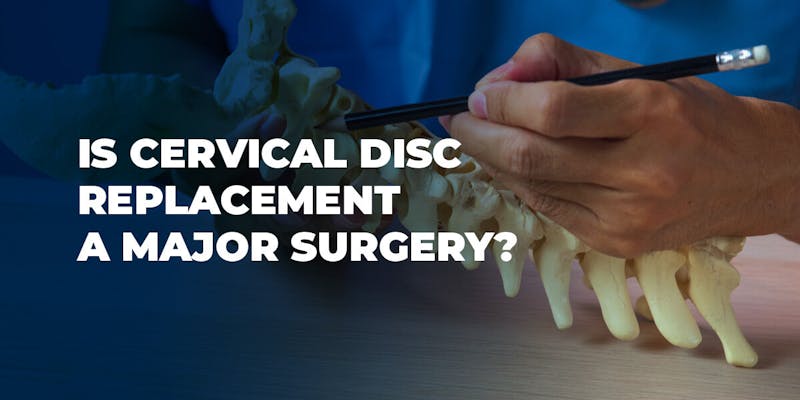
Is Cervical Disc Replacement a Major Surgery?
Cervical disc replacement is considered a major surgery, as it involves the removal and artificial replacement of a diseased cervical disc in your spine. Learn more about this surgical procedure from New York Spine Institute. What Is Cervical Disc Replacement? Your cervical spin...
View More21
Nov
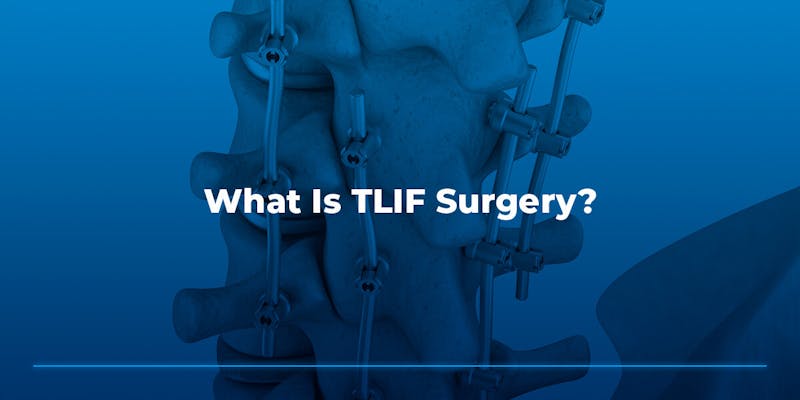
What is TLIF Surgery?
Transforaminal lumbar interbody fusion (TLIF) is one of the latest spinal surgery methods, modernizing how we treat common spinal ailments. Neurosurgeons conduct the procedure on the lower back by fusing spinal bones or vertebrae with screws and a titanium cage. Compared to othe...
View More21
Nov
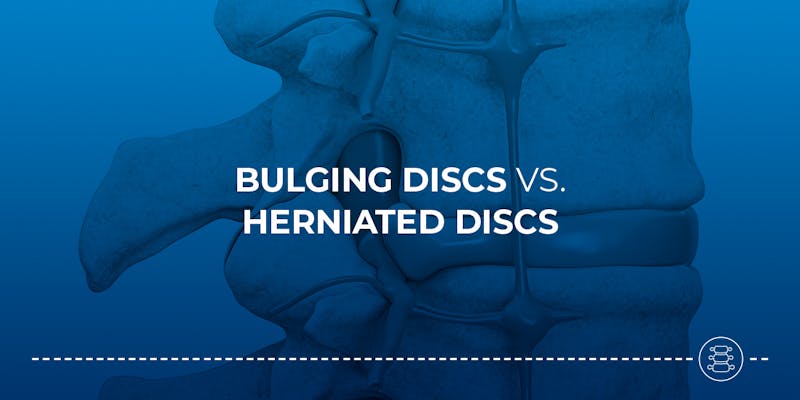
Bulging Discs vs. Herniated Discs
People often refer to bulging discs and herniated discs interchangeably. While both terms describe conditions related to the spine, they are not the same. Keep reading to learn more about the distinctions between bulging and herniated discs. Key Differences Between Bulging and ...
View More21
Nov

The Connection Between Spinal Stenosis and Neuropathy
Spinal stenosis occurs when the spaces between the spine begin to narrow, limiting the ability for nerves to move through the spine. While it usually occurs in older individuals, younger people with spinal conditions or injuries can also develop spinal stenosis. Meanwhile, neuro...
View More21
Nov
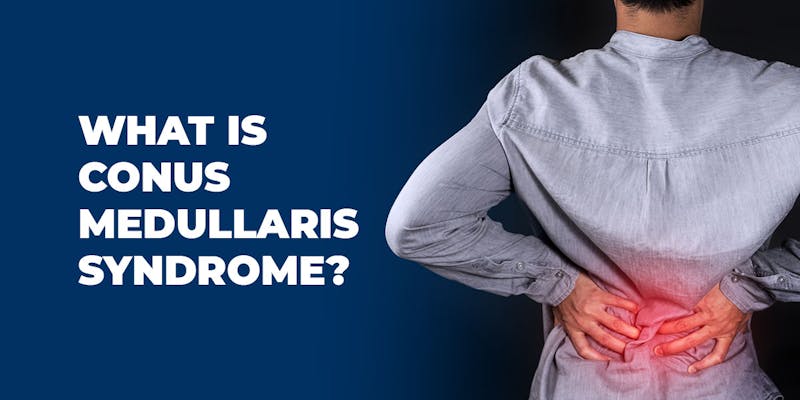
What is Conus Medullaris Syndrome?
The conus medullaris — a Latin term that means “medullary cone” — is a cluster of spinal cord nerves with a tapered end. It is found near the first two lumbar vertebrae in the back (L1 and L2). The conus medullaris stops at the cauda equina, where nerves and nerve roots are no l...
View More21
Nov
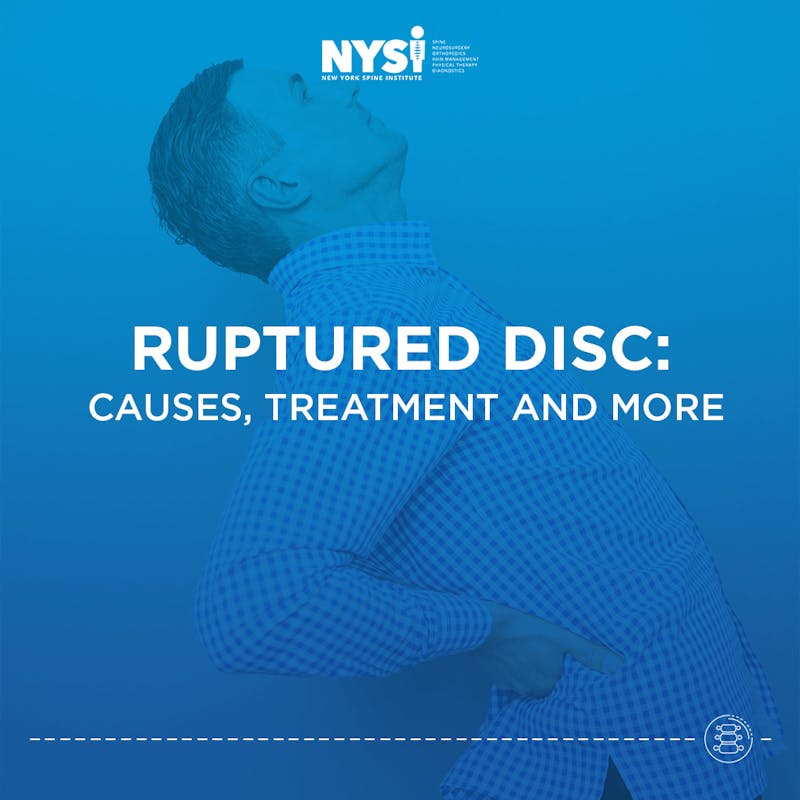
Ruptured Disc: Causes, Treatment and More
Spinal discs are rubbery, shock-absorbing cushions between your spinal bones, or vertebrae. They prevent the vertebrae from grinding against each other and support stress incurred by the body during movement. When the spinal column weakens or tears, these discs can protrude outw...
View More21
Nov

How Spinal Stenosis and Hip Pain Are Related
Just because pain is coming from your hip does not mean you have a hip-related issue. Instead, the pain could be coming from your back — specifically, from spinal stenosis. Continue reading to learn if this common misdiagnosis is relevant to your situation. What Is Spinal Stenos...
View More21
Nov
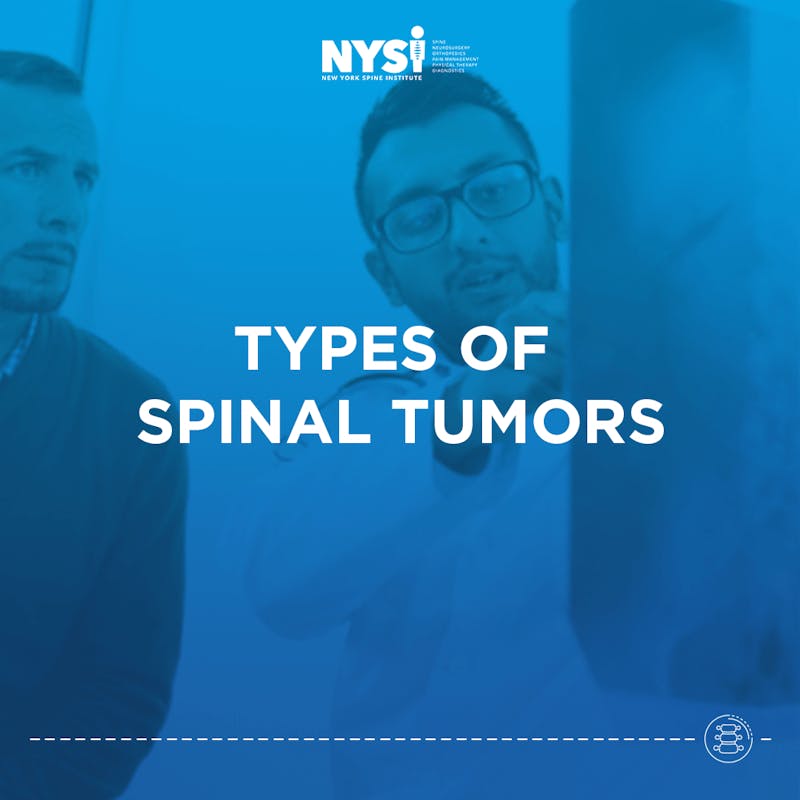
Types of Spinal Tumors
Spinal tumors are abnormal tissue masses that form within the spinal canal or bones. They can be malignant (cancerous) or benign (noncancerous). This guide will explore the different types of spinal tumors, symptoms, diagnostic methods and treatment options. Intramedullary vs. I...
View More